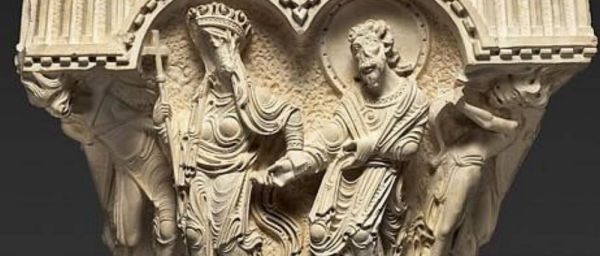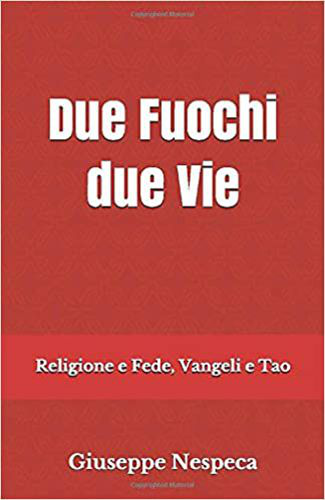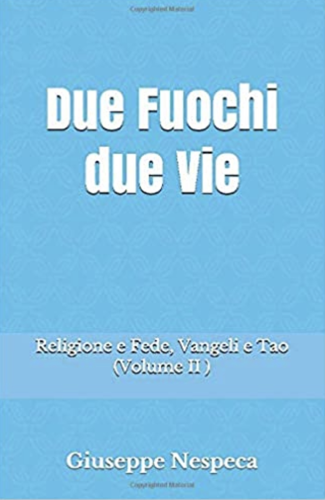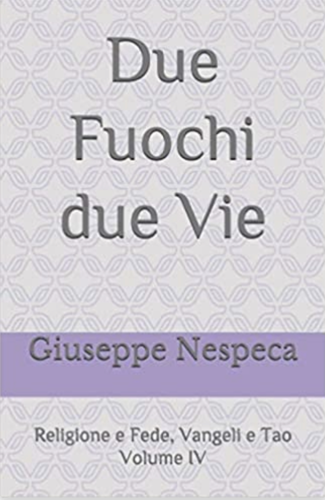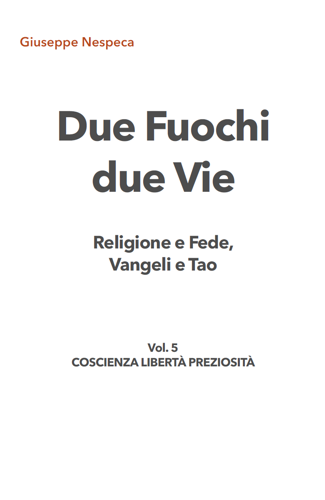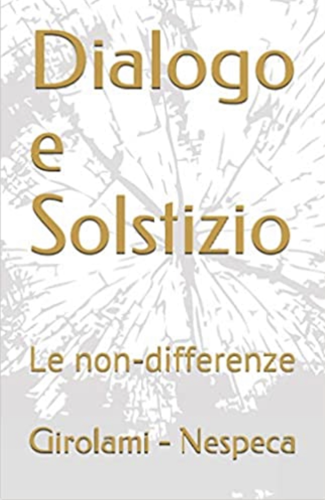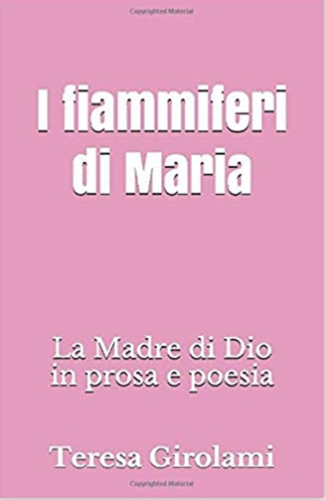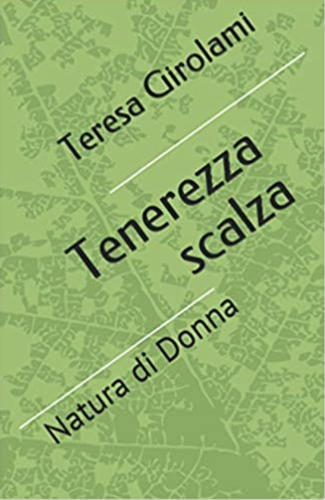(Mk 8:22-26)
The encyclical Brothers All invites us to a perspective look, which arouses decision and action: a new eye, filled with Hope.
It "speaks to us of a reality that is rooted in the depths of the human being, regardless of the concrete circumstances and historical conditioning in which he lives. It speaks to us of a thirst, of an aspiration, of a yearning for fullness, for a fulfilled life, of a measuring oneself against what is great, against what fills the heart and lifts the spirit towards great things, such as truth, goodness and beauty, justice and love. [...] Hope is audacious, it knows how to look beyond personal comfort, the small securities and compensations that narrow the horizon, to open up to great ideals that make life more beautiful and dignified" [n.55; from a Greeting to young people in Havana, September 2015].
In this section of Mk, the initiation of the Faith is described; in filigree, the instraction to the relationship with Christ that takes away the difficulties of "sight", and the typical passages of the first baptismal liturgies.
The general context of the passage makes it clear that the episode preludes a long instruction of Jesus.
He announces his Passion three times to Peter and the disciples, who are reluctant to commit themselves to the Cross.
The Master insists - not to add insult to injury and wear down his intimates.
[As the Tao Tê Ching (xxxiii) also recognises: 'That which dies but does not perish has everlasting life'].
When Mc wrote, the situation of the communities was not easy. Much suffering was experienced: it was not so easy to understand so much suffering.
In 64 Nero decreed the first great persecution, which produced many victims among the believers.
The following year, the Jewish revolt broke out, triggering the bloody reconquest of Palestine from Galilee.
In the meantime, in Rome the turmoil of the bloody civil war (68-69) was crumbling the idea of the Golden Age and rather bringing many hardships.
Finally the holy city, Jerusalem, was being razed to the ground (70).
And although Titus had returned to Rome, the war was going on in other hotbeds until the fall of Masada (74).
Within this framework, strong tensions arose outside Palestine between Jews converted to the Lord and observant Jews, and the greatest difficulty was over the interpretation of the Cross of Jesus.
For the traditionalists - and at first for the apostles themselves - a defeated and humiliated man could not be the expected Messiah.
The Torah itself stated that all the crucified were to be considered "cursed by God" [cf. Deut 21:22-23: "the hanged man is a curse from God"].
In that very context, Mk seems to hint that... the real blind ones are Peter and the apostles themselves, conditioned by the propaganda of the glorious Messiah-King, as well as the Judaizers.
They all wanted a triumphant monarch. But they were like blind men who understood nothing but the easy and flashy propaganda - and the world organised on the basis of selfishness.
In order to heal the blindness of his 'leaders' or simple community members who were still uncertain, the Son had to lead them 'out of the village' - the place of the usual, old illusory beliefs.
And forbid his intimates from re-entering it: there, no one would ever be able to understand the value of self-giving in ordinary life or in assembly living, witnesses of God (vv.23.26).
From the very beginning the initiation into the Faith included rite and the new Word.
The latter fully revealed the meaning of the first liturgies - reaching out towards a transformation that touched the whole man in concrete terms.
Mind and heart, spirit and senses, individual and community were involved - for a clear vision of the meaning of life.
In the language of the First Testament, Word and active event are expressed in a single term: 'Dabar'.
Here vision and listening coincide in a single process of perception, assimilation, internalisation and attunement, then action.
Everything in Christ and in us is offered to the senses and the intelligence.
We seem to see a catechumen being - as we used to say - "enlightened", that is, snatched from the disorientation of a paganising life.
The candidate was introduced into the new radiance of the Faith: progressively "initiated" into the Person of Christ, into the demands of Communion and Mission.
The same thing happened to the "blind man of Bethsaida".
Having made the first informal contacts with Jesus, we too began by perceiving something, perhaps in a confused way at first...
As as children, we drew 'pictures' - and at first we could not really delineate the differences, not even the outlines of the surrounding volumes.
Only when the relationship became internalised and consolidated did we move from glimmers to greater clarity, learning to understand people, themes, reality.
It has been and continues to be a 'prodigy' to be assimilated, adapting little by little to the natural course.This although it does not limit itself to an updating of cultural formulae, but finally arrives at 'compromising' the baton.
A 'sign' (John would say) of greater realities, a sign of wondrous things - if you will.
A powerful work, but one that unfolds in an evolutionary process of self-knowledge and knowledge of others, of existential learning, and flowering in the faculties.
[There is no talk of infused science; nor of 'mirabilia Dei' in the ancient sense, i.e. of a conspicuously immediate wonder. As if it were an incredible, exceptional, unrepeatable, sensational (and fortuitous - or extremely difficult and stunted) feat. To convince only someone and peremptorily].
An essential element of revelation in the sacred Scriptures - compared to other religious texts of the ancient world - is the demythologised cosmos, on a human scale.
The problems are traced back to the dialectic of our choice between death and life, as well as the ability to accept a Vocation within a Vocation.
Passages and metamorphoses serve to avoid petrifying life. They bring providential newness to woman and man, to history and sensibility.
By opening our gaze, we crumble useless convictions; we open our aptitude to listen to the proposed renewal.
Indeed, seeing what was previously unnoticed is part of the process that leads from darkness to Faith.
To be finally enlightened, we had to accept that the gift of God was introduced through the identity of life in the Son, which prompts other births.
The Lord healed our gaze by making us grow in time. A 'portent' that also became natural recovery.
The contact with the Lord that opens our eyes and makes us see more and more happens in stages - a non-point source event; also expressed through the tactile language of the Sacraments.
And step by step He lets us advance in the sharpness of insight, in the understanding of the world around us.
Perspective that aroused decision and action, which are now even measured by great things. From a new vantage point, filled with Hope.
This is also true in the perception of hardships, which gradually regenerate the being - because hardships and anxieties are mere voices of an energy that wants to dispel fog and ballast, and make us flourish otherwise.
These are the events-witnesses to the Messiah's coming in our lives.
Intimate guiding events and images, which the Gospels do not frame in a triumphalist Christological or ecclesiological framework, but rather in an almost summary and spontaneous manner - very human and relational.
To say that the new person is perhaps still immersed in the shadows, but gradually places the old man in the background.
And in the metamorphosis of his perspective gaze, in Christ he brings the future person closer.
To internalise and live the message:
What acumen of vision has the Person of Christ granted you? What intimate and engaging icon?
What leap in relationships, in terms of humanisation?



